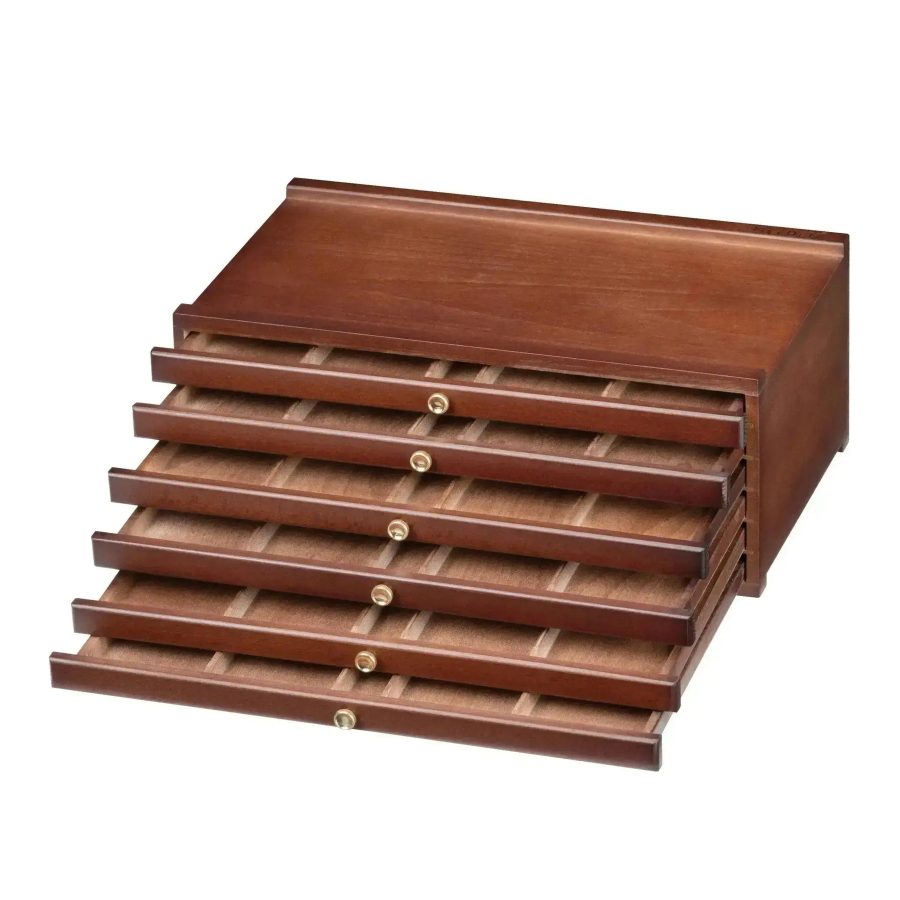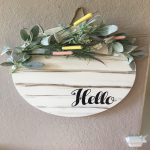Introduction
Creativity is a journey, an expression that often overflows with color, texture, and inspiration. But the challenge lies in managing these artistic supplies. Whether you’re a professional artist, a student, or a hobbyist, keeping your materials organized can be daunting. Welcome to “Organizing Creativity: The Ultimate Art Storage Box Guide”—your go-to resource for creating an efficient and inspiring workspace.
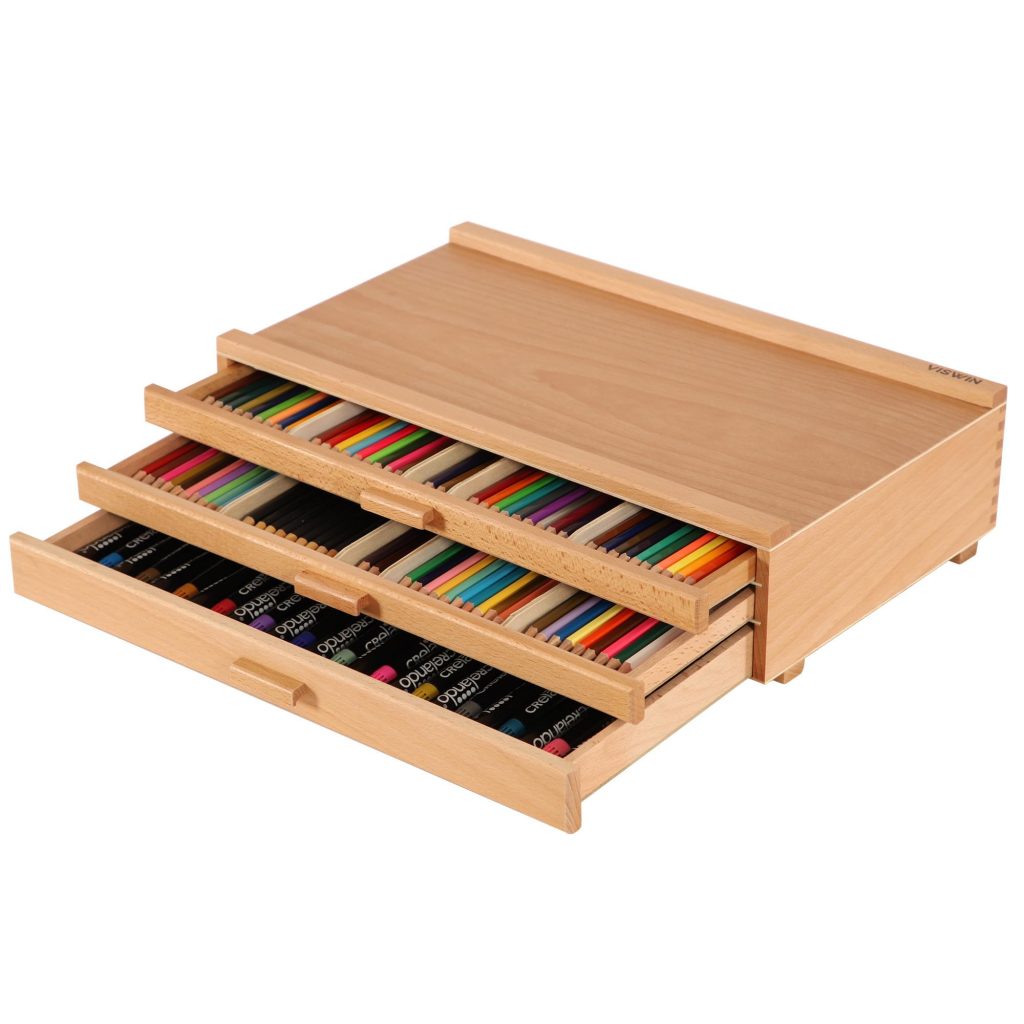
Understanding the Importance of Organization
Clarity in Creative Process
A well-organized space fosters clarity. When you can easily find your brushes, paints, or overlocked threads, you eliminate distractions. This enables more time for creation and less time spent searching.
Protecting Your Supplies
Art materials can be delicate or sensitive to environments. Proper storage helps protect your investments, preventing damage from exposure to air, moisture, or sunlight.
Enhancing Inspiration
An organized space can shield you from clutter that stifles creativity. A clean, tidy environment frees your mind, allowing ideas to flow freely.
Cataloging Your Supplies
An inventory of your materials not only helps you know what you have but also brings awareness to what you may need for future projects. This prevents duplication and waste.
Types of Art Storage Boxes
Modular Storage Boxes
These boxes are perfect for those who crave flexibility. They allow you to add or remove compartments based on your supplies. Modular solutions can serve various purposes, from paint storage to holding digital tools.
Pros:
- Customizable layout
- Easy to expand
Cons:
- May require more initial investment
Portable Art Kits
These are ideal for artists on the go. Featuring compartments for paint tubes, brushes, and sketchpads, portable kits enable you to take creativity wherever inspiration strikes.
Pros:
- Convenient for travel
- Compact design
Cons:
- Limited space for larger supplies
Stackable Storage Units
Great for artists with significant amounts of supplies. Stackable storage units allow you to build your vertical space efficiently. These units come in various sizes, catering to all types of materials.
Pros:
- Maximizes vertical space
- Efficient categorization
Cons:
- Can become heavy when full
Drawer Organizers
Perfect for a dedicated art space, drawer organizers keep everything neatly tucked away. Ideal for storing smaller items like pencils, and erasers, they fit well within desks or cabinets.
Pros:
- Drawers maintain a clean aesthetic
- Accessible at arm’s reach
Cons:
- Less visibility (you may forget about hidden items)
Shelf Bins and Caddies
These open storage solutions are adaptable and promote easy access. Caddies with wheels enable movement around your workspace, allowing you to bring supplies to different areas.
Pros:
- Flexible and mobile
- Encourages visual organization
Cons:
- May look cluttered if overfilled
How to Choose the Right Art Storage Box
- Evaluate Your Supplies
Assess what types of materials you have and their quantities. This will inform the size and type of storage you need. - Consider Your Workflow
Reflect on how you create. Do you often work in one spot, or are you frequently moving around? This will help determine if you need portable options or stationary solutions. - Balance Aesthetics and Function
Your storage doesn’t have to be purely functional; it can enhance your creative space. Look for visually appealing options that you would love to display. - Budgeting
Create a budget. Quality storage solutions can be an investment, but also factor in DIY approaches that can save money while providing effective organization.
Tips for Organizing Your Art Supplies
Categorize by Medium
Dividing your materials based on medium (drawing, painting, crafting, etc.) simplifies the retrieval process. Each medium can have its own designated space, improving efficiency.
Label Everything
Use labels for boxes and drawers. This way, you and anyone else using your space will know where to locate or return items—enabling smoother transitions between projects.
Regularly Purge Supplies
As you grow, your style may change. Regularly assess your collection, donate, or discard supplies you no longer use. This keeps your space from becoming overwhelming.
Consider Vertical Storage
When space is limited, think about wall-mounted storage solutions or hanging organizers. This not only holds supplies but also adds an artistic flair to your workspace.
Create a Vision Board
While it’s important to organize materials, inspiring art shouldn’t be hidden away. Create a vision board using corkboards or magnetic boards to inspire and motivate your creativity.
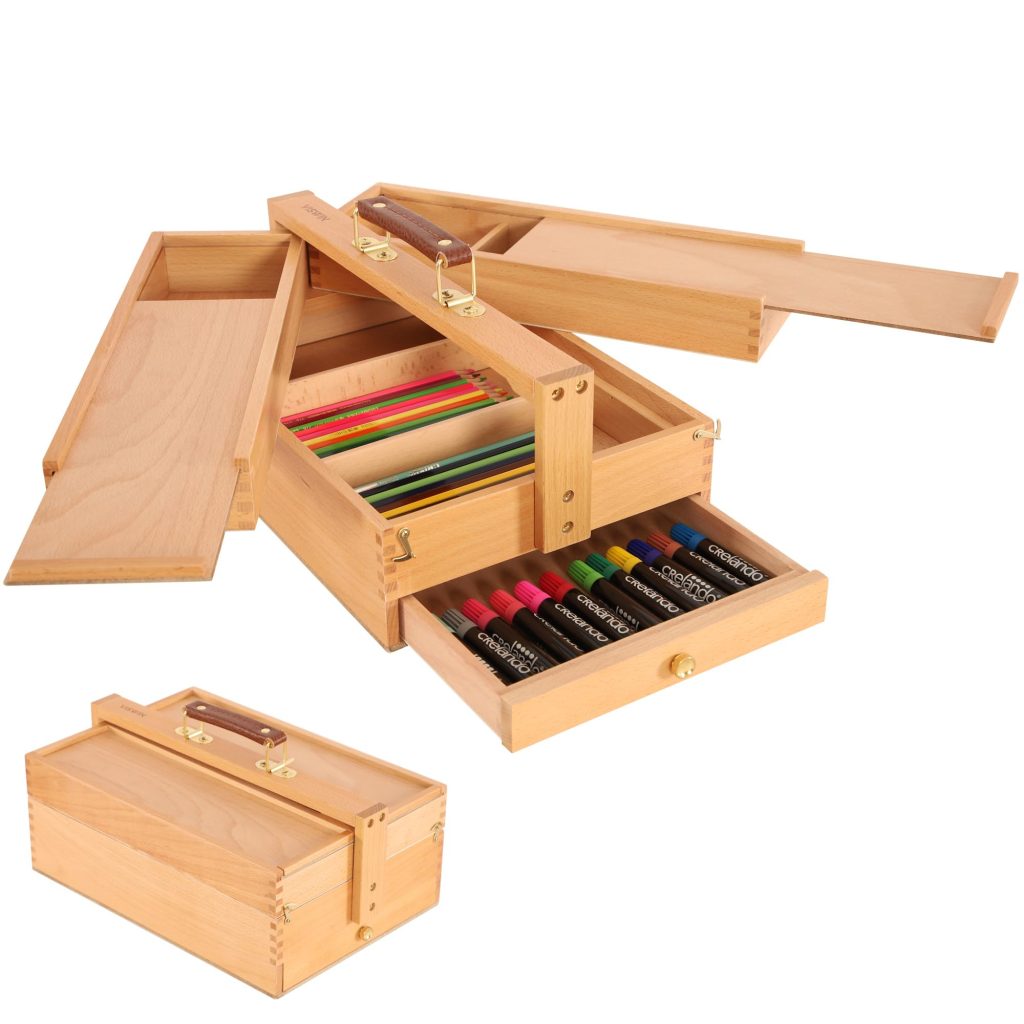
Why Proper Art Storage is Essential
- Protection from Environmental Damage: Artwork is susceptible to damage from light, moisture, temperature fluctuations, and airborne pollutants. A well-constructed storage box provides a barrier against these harmful elements.
- Preventing Physical Damage: Paintings, drawings, and other forms of art can easily tear, bend, or get scratched if not stored properly. Protective boxes help avoid physical contact with abrasive surfaces.
- Organizational Benefits: Storage boxes also aid in organization, allowing you to categorize and easily locate your artwork. This adds an extra layer of convenience when accessing pieces for display or sale.
Selecting the Right Art Storage Box
Material Matters
- Acid-Free Materials: Choose boxes made from acid-free cardboard or plastic. Acid can deteriorate artworks over time, causing yellowing and brittleness.
- Archival Quality: Look for boxes labeled as ‘archival quality.’ These materials are designed to last without degrading or releasing harmful chemicals.
- Climate-Controlled Options: If your collection is particularly valuable, consider investing in climate-controlled storage boxes that regulate humidity and temperature.
Sizing and Shape
- Custom Fit: Your storage boxes should fit your artwork snugly to prevent movement inside. Avoid box sizes that allow for excessive shifting.
- Flat vs. Upright Storage: Decide whether you want to store pieces flat (ideal for prints and drawings) or upright (often preferable for paintings on canvas or board).
Type of Artwork
- Paintings: Store canvas paintings in protective wrap or bubble wrap before placing them inside the box.
- Works on Paper: Use interleaving glassine sheets to protect works on paper from scratching or sticking together.
- 3D Artworks: For sculptures, opt for padded boxes or crates that can accommodate their shape without causing pressure points.
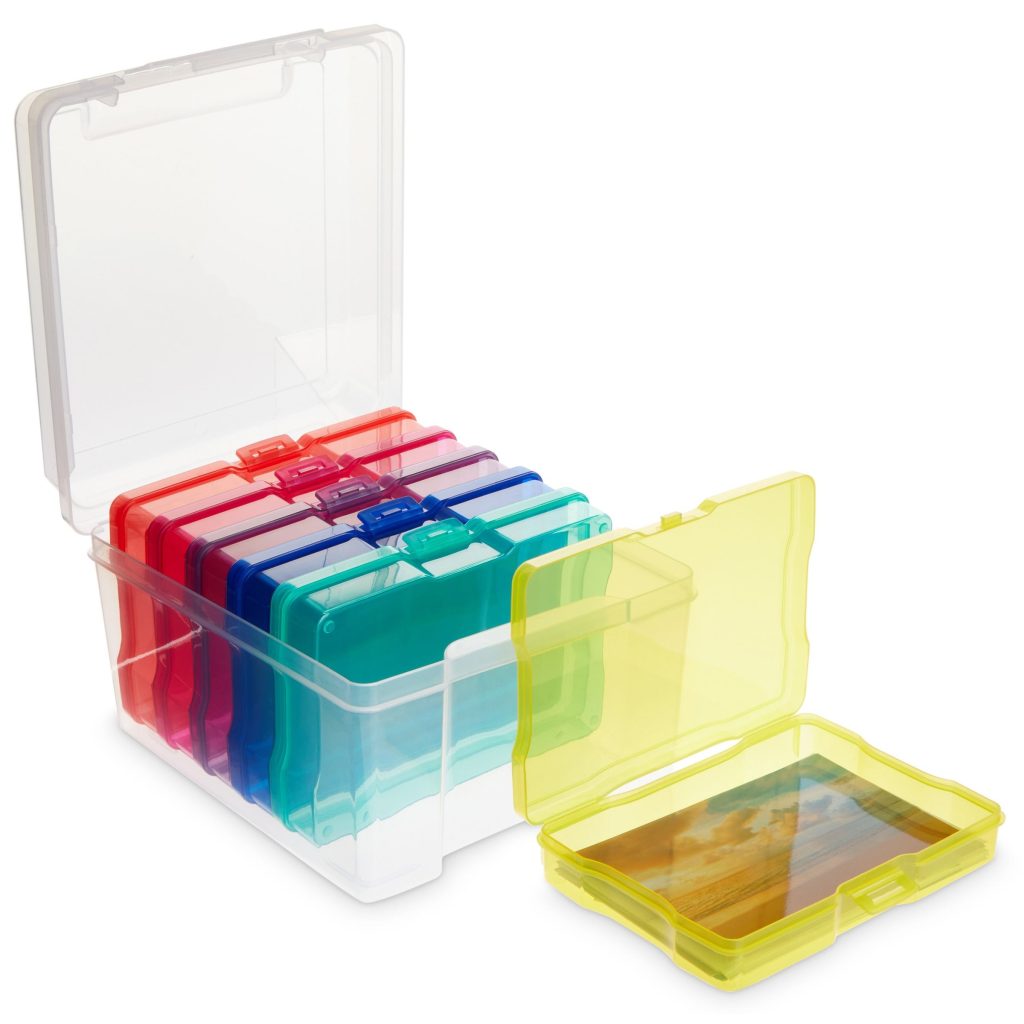
Best Practices for Using Art Storage Boxes
Preparing Your Artwork
- Cleaning: Before placing artwork into storage, ensure it is clean. Remove dirt, dust, or grime that could lead to deterioration.
- Wrapping: Use acid-free tissue paper or glassine for wrapping pieces. Avoid plastic wraps that can trap moisture.
Organizing Your Boxes
- Labeling: Clearly label each box with contents, dimensions, and any pertinent information such as the artist’s name, date, or any restoration history.
- Inventory Management: Develop a digital or physical inventory system, making note of where each piece is stored for easy access. Include images and descriptions for added clarity.
- Avoid Overcrowding: Resist the urge to pack multiple pieces into one storage box. Overcrowding can lead to damage from pressure and bends.
Environmental Controls
- Storage Location: Choose a location that is cool, dry, and out of direct sunlight. Avoid attics, basements, or garages that can experience temperature and moisture fluctuations.
- Monitor Conditions: Invest in a hygrometer and thermometer to keep track of the temperature and humidity levels in your storage space. The ideal conditions for most artworks are between 65-70°F (18-21°C) with humidity levels around 40-50%.
Conclusion
An organized art storage space is crucial for fostering a creative environment that inspires and allows fluidity in your artistic journey. By understanding the types of storage available and implementing effective organizational strategies, you can transform your workspace into a haven of creativity. Just remember, the essence of being an artist lies not just in the materials you possess but in how you use them to express yourself. With a little effort and the right organization techniques, you can unleash your creative potential and make your artistic endeavors even more enjoyable. Happy creating!
